THE UNIVERSITY OF MICHIGAN
CENTER FOR CHINESE STUDIES
MICHIGAN PAPERS IN CHINESE STUDIES
Chang Chun-shu, James Crump, and Rhoads Murphey, Editors
Ann Arbor, Michigan
Chinese Paintings in Chinese Publications, 1956-1968: An Annotated Bibliography and An Index to the Paintings
by
E. J. Laing
Michigan Papers in Chinese Studies
No. 6
1969
Open access edition funded by the National Endowment for the Humanities / Andrew W. Mellon Foundation Humanities Open Book Program
Copyright 1969
by
Center for Chinese Studies
The University of Michigan
Ann Arbor, Michigan 48104
Printed in the United States of America
ISBN 978-0-89264-124-6 (hardcover)
ISBN 978-0-89264-006-5 (paper)
ISBN 978-0-472-12789-4 (ebook)
ISBN 978-0-472-90185-2 (open access)
The text of this book is licensed under a Creative Commons Attribution-NonCommercial-NoDerivatives 4.0 International License: https://creativecommons.org/licenses/by-nc-nd/4.0/
Contents
Among the many contributions to scholarly endeavor in the field of Chinese painting made by Dr. Osvald Sirn were his Annotated Lists of Paintings and Reproductions of Paintings by Chinese Artists. These Annotated Lists were published as a part of his Chinese Painting, Leading Masters and Principles (The Ronald Press Company, New York, 1956-58, 7 volumes).
Since 1956, the publication of reproductions of Chinese paintings has continued at a great pace throughout the world. The Chinese themselves have issued many of these publications. A few private Chinese collectors, living in Hong Kong, Japan and elsewhere, have made their paintings accessible for study through illustrated catalogues of their collections. The bulk of the Chinese publications, however, are the result of government sponsorship both on Mainland China and on Taiwan.
On the Mainland, an extensive publication program had reached the stage where several of the museums established after 1948 (such as those in Shanghai, Suchou, Tientsin and Liao-ning) had produced illustrated catalogues of their painting collections, sometimes with color plates of excellent quality. All this was brought, regrettably, to a sudden and complete halt by the Great Cultural Revolution in 1966.
On Taiwan, the National Palace and Central Museums published a three volume descriptive catalogue of the collection of calligraphy and painting in that Museum in 1956 ( Ku-kung shu-hua lu  ); this was followed in 1959 by the large and handsomely illustrated six volumes of Ku-kung ming-hua san-pal chung
); this was followed in 1959 by the large and handsomely illustrated six volumes of Ku-kung ming-hua san-pal chung  Three Hundred Masterpieces of Chinese Painting in the Palace Museum. More recently (1966), the National Palace Museum started a ten volume work reproducing paintings in the collection ( Ku-kung ming-hua
Three Hundred Masterpieces of Chinese Painting in the Palace Museum. More recently (1966), the National Palace Museum started a ten volume work reproducing paintings in the collection ( Ku-kung ming-hua  ). In addition, the National Palace Museum is currently issuing two excellent periodicals devoted to scholarly articles on the materials in the Museums collection: The National Palace Museum Bulletin and Ku-kung chi-kan
). In addition, the National Palace Museum is currently issuing two excellent periodicals devoted to scholarly articles on the materials in the Museums collection: The National Palace Museum Bulletin and Ku-kung chi-kan  The National Palace Museum Quarterly. Undoubtedly, this publication program will be continued.
The National Palace Museum Quarterly. Undoubtedly, this publication program will be continued.
Both on the Mainland and on Taiwan, there has been a tendency to extract the maximum use out of a single large group of photographic plates: the plates may all be reproduced in a single work, then one or more selections from and re-arrangements of this corpus of material will be made and published in different formats with different titles.
All of these publications have provided a tremendous flood of pictorial material (both new and old) for art historians and students of Chinese painting. The very bulk of the materials published over the last decade or so and the inevitable duplication of some paintings in several books has given rise to a pressing need for these published materials to be reviewed and presented in a systematic fashion. Thus, in 1965, Professor Richard Edwards suggested that the task of reviewing these publications in the form of an annotated bibliography accompanied by an index to the paintings reproduced in these books be undertaken. Dr. Edwards constant interest in this project and his frequent assistance has been invaluable. Professor James Cahill has been equally enthusiastic in his support of the project. In addition to providing pieces of valuable information, he has also lent volumes from his personal library.
Several libraries throughout the country have been utilized in the course of completing this project; particular gratitude is due to Mr. Raymond Tang, Curator of the Chinese Collection of the Asia Library at the University of Michigan for his efforts on behalf of this project. Many thanks are extended to Mr. Wu Tung and to Mrs. Yiu-fong T. Dew for their willing and competent assistance in checking the materials and in working on specific problems. To Miss Louise Ripple fell the task of proof-reading; her invariable good humor during the long hours spent in this tedious work was much appreciated. Sincere gratitude, appreciation and thanks are due to R. Laing for his unlimited patience and for assistance in innumerable ways.
The entire project could not have been completed without the assistance of a grant from the American Council of Learned Societies and a Research Grant-in-aid from Wayne State University. The interest and cooperation of the Center for Chinese Studies at the University of Michigan is, of course, gratefully acknowledged.
The Bibliography includes publications issued between 1956 and August, 1968 which reproduce Chinese paintings now in Chinese public or private collections. The great majority of these publications were produced in Mainland China, Taiwan, Hong Kong or Japan. The two exceptions are the Western publications Art Treasures of the Peking Museum by Franois Fourcade and the Skira catalogue Chinese Art Treasures , both of which were included because they contain illustrations of paintings exclusively in Chinese museums.
Each publication included in the Bibliography has been provided (in addition to the usual bibliographical data) with a detailed physical description of the publication itself: the amounts of text, the number of plates in color and in monochrome, and a general evaluation of the quality of the reproductions. The great disparity in the actual sizes of Chinese paintings and the need to reproduce heterogeneously sized paintings in a standard size to fit a given publication inevitably leads to great differences in the clarity of the reproductions within one book. This and other reasons inherent in the nature of reproduction processes, made it impossible to establish and abide by a simple, standardized scale of judgment in the evaluation of the plates. The evaluations, then, are given with qualifications whenever possible. It is hoped that these annotations will prove helpful to the librarian and scholar alike. The title by which each work is referred to in the Index is included at the end of each entry.
Art Treasures of the Peking Museum , by Franois Fourcade, translated by Norbert Guterman. Harry N. Abrams, Inc. , New York, 1965; fifty tipped-in color plates reproducing paintings. There are fifteen pages of introductory text for the section on painting. The captions for each painting give the artists name, the title of the painting, its format, medium and size. In addition, there are several paragraphs devoted to each painting providing comments about the artist and the painting, sometimes including full or partial translations of inscriptions or colophons. The quality of the reproductions varies, although generally accurate, details are sometimes blurred; at least seven of the paintings have been reproduced elsewhere, some in more satisfactory color plates, some in monochrome. PM.

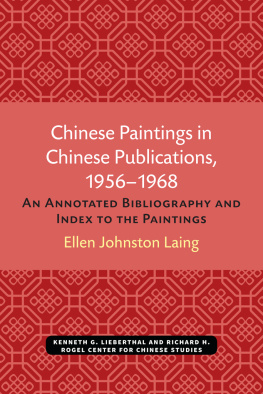
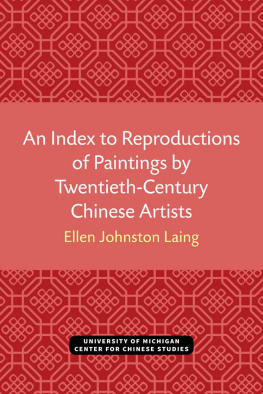
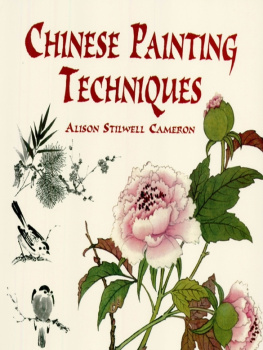
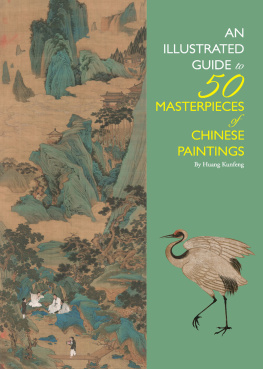
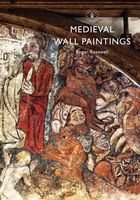

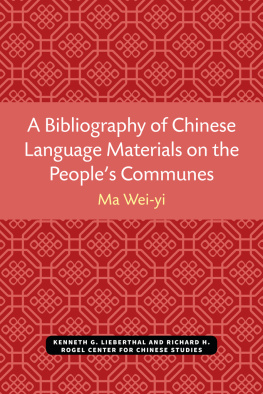
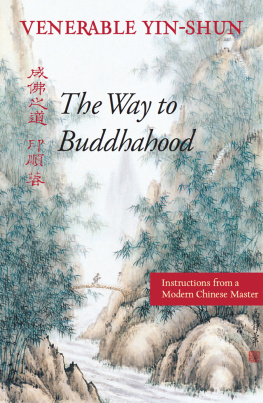
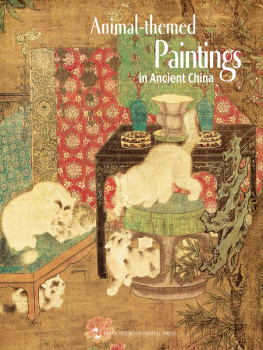
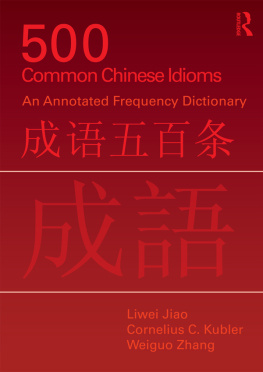
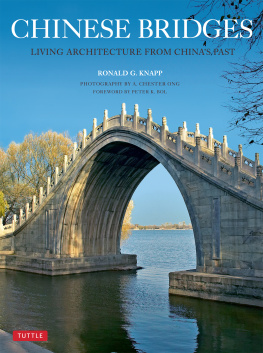
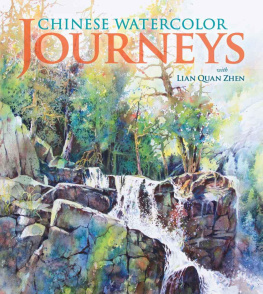

 ); this was followed in 1959 by the large and handsomely illustrated six volumes of Ku-kung ming-hua san-pal chung
); this was followed in 1959 by the large and handsomely illustrated six volumes of Ku-kung ming-hua san-pal chung  Three Hundred Masterpieces of Chinese Painting in the Palace Museum. More recently (1966), the National Palace Museum started a ten volume work reproducing paintings in the collection ( Ku-kung ming-hua
Three Hundred Masterpieces of Chinese Painting in the Palace Museum. More recently (1966), the National Palace Museum started a ten volume work reproducing paintings in the collection ( Ku-kung ming-hua  ). In addition, the National Palace Museum is currently issuing two excellent periodicals devoted to scholarly articles on the materials in the Museums collection: The National Palace Museum Bulletin and Ku-kung chi-kan
). In addition, the National Palace Museum is currently issuing two excellent periodicals devoted to scholarly articles on the materials in the Museums collection: The National Palace Museum Bulletin and Ku-kung chi-kan  The National Palace Museum Quarterly. Undoubtedly, this publication program will be continued.
The National Palace Museum Quarterly. Undoubtedly, this publication program will be continued.